Overview of the rheumatoid foot
 We define rheumatoid foot as the foot affected by inflammatory or rheumatic diseases in multiple joints. The most common symptoms the rheumatoid foot presents are: pain, stiffness, deformity and numbness.
We define rheumatoid foot as the foot affected by inflammatory or rheumatic diseases in multiple joints. The most common symptoms the rheumatoid foot presents are: pain, stiffness, deformity and numbness.
The most common rheumatic pathologies are: rheumatoid arthritis, arthrosis and psoriatic arthropathy.
• Rheumatoid arthritis is a systemic inflammatory malady of corrective tissue. It is considered an autoimmune disease because the organism itself attacks the joint tissue. It symmetrically affects several joints; it is chronic and is inclined towards joint stiffness.
• Arthrosis is a degenerative disease of the articular cartilage. In this disease we have a significant preventive margin by acting on the cause of the arthrosis.
• Psoriatic arthropathy/arthritis is a chronic polyarthritis affecting the asymmetric joints. In many cases psoriasis appears first. It is quite common for the feet and hands to be affected and it is usually a warning sign at the early stages of the rheumatic disease that ultimately affects all patients within a few years. Because of this, it is advisable to have an X-ray of the feet in any suspected rheumatic disease to get an early diagnosis. Progressive bone deformation is due to the load carried by the foot (bear in mind that the bones are small and weakened).
Modifications to the foot during the disease are diverse. There is a great variety of deformities in the forefoot that are closely related to footwear, bone structure, etc. The most common deformities are forefoot “en rafaga”, triangular and non-specific (no set pattern). The midtarsal joint usually becomes deformed causing a flattening of the longitudinal arch of the foot (flat feet). The deformation of the subtalar joint / subastragalin joint causes a varus or valgus at the back of the foot or foot deviation. It is treated with stabilising insoles with greater or lesser density depending on the degree of disease. The rheumatic ankle limits the range of motion and causes a diffused swelling. It is possible to ankylose taking dorsiflexion from the ankle joint and dynamically reducing support of the foot. As a result, it will affect the entire joint chain (knee, hip and spine).
In the early stages we treat this with insoles and orthopedic shoes; in the more severe cases we make ankle foot orthotics, and in the worst, we must consider surgical treatment.

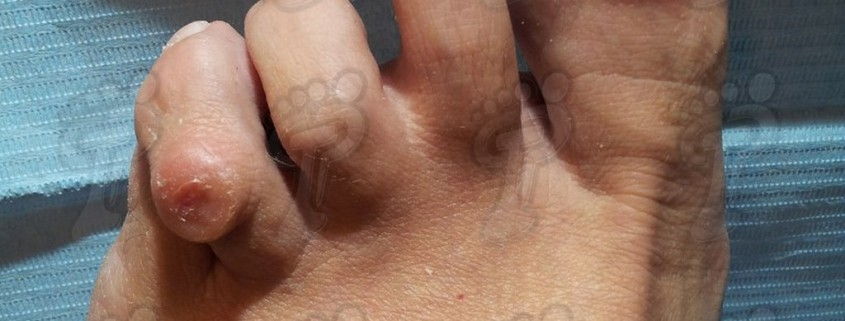
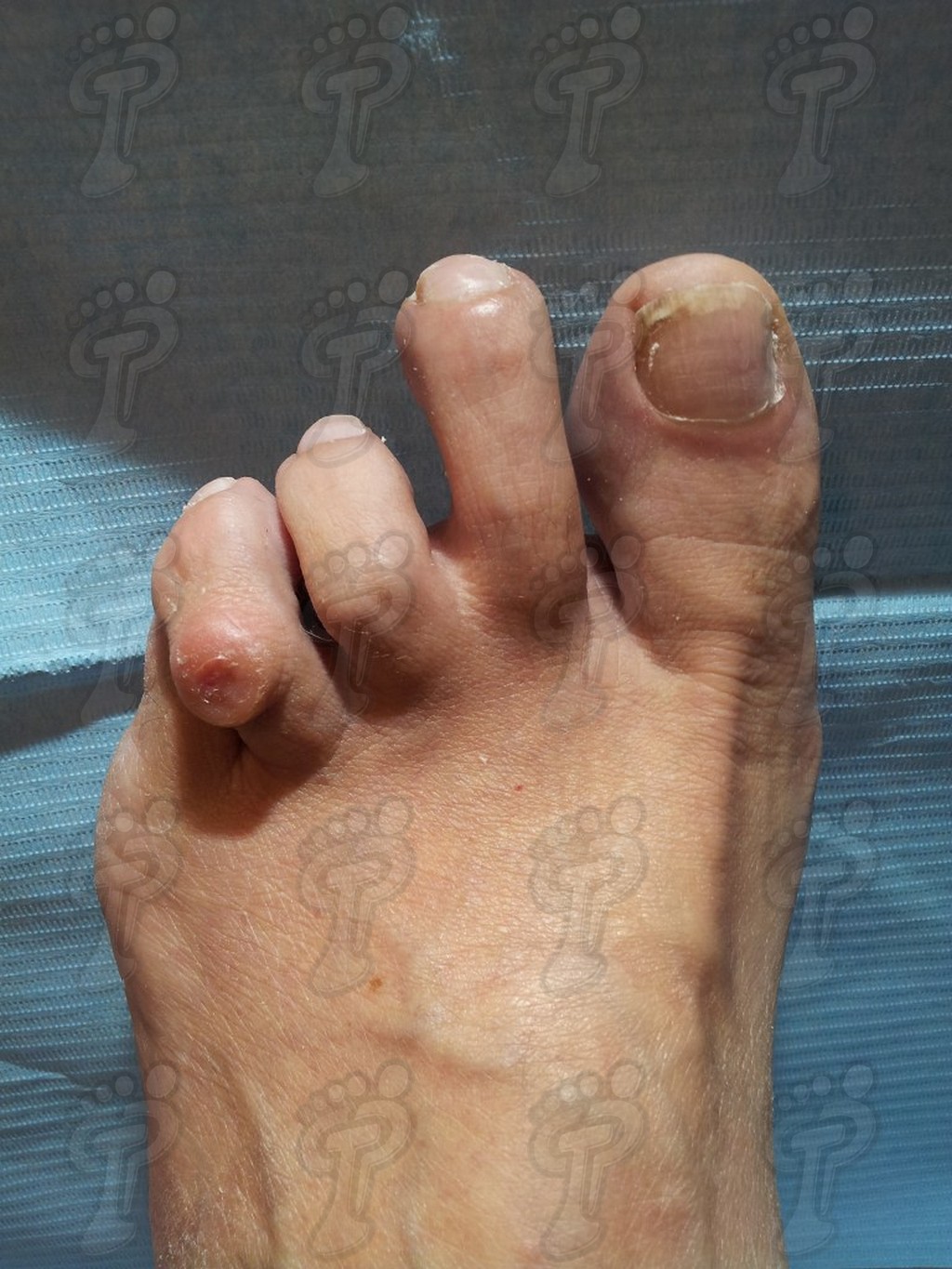
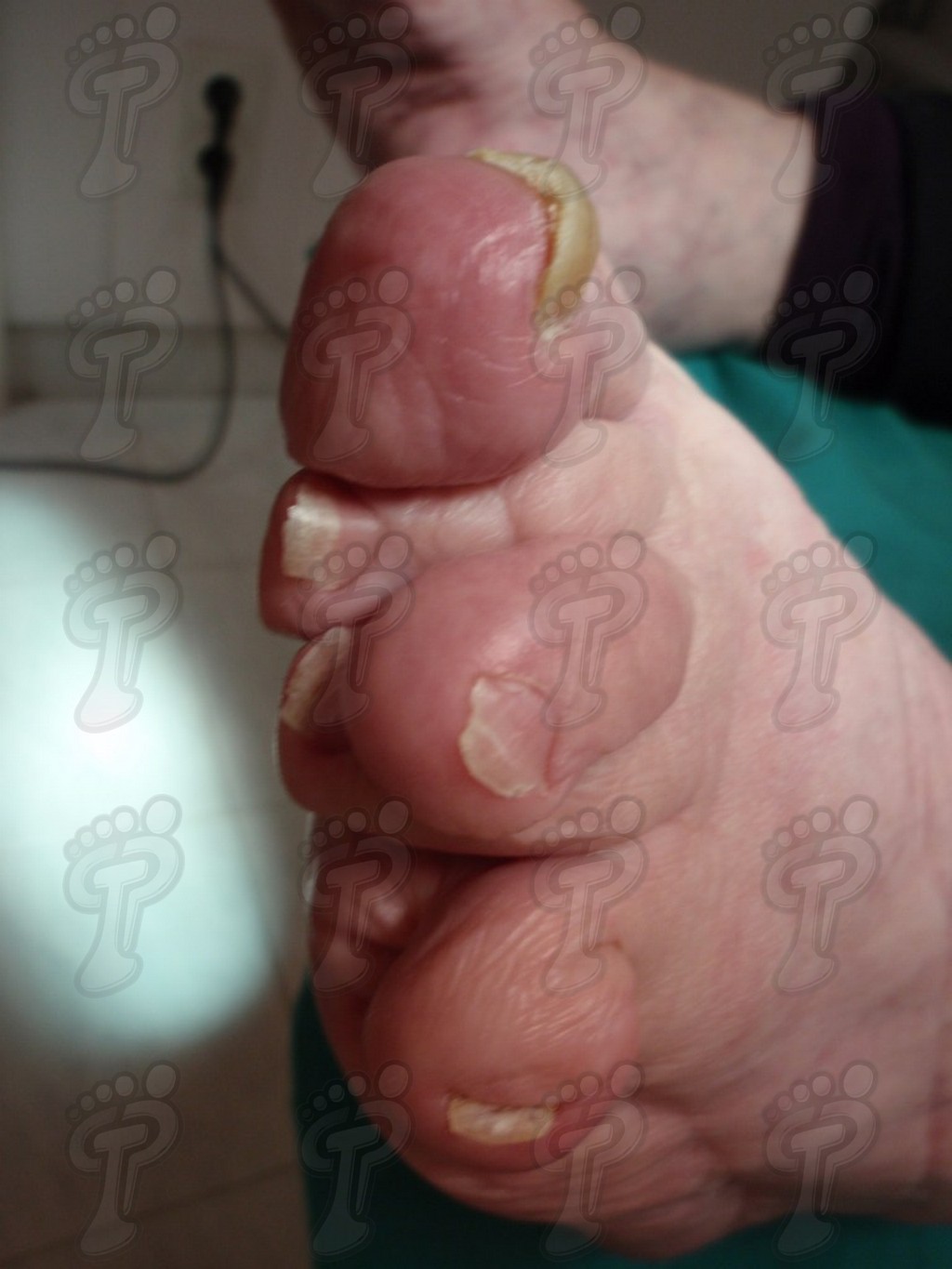
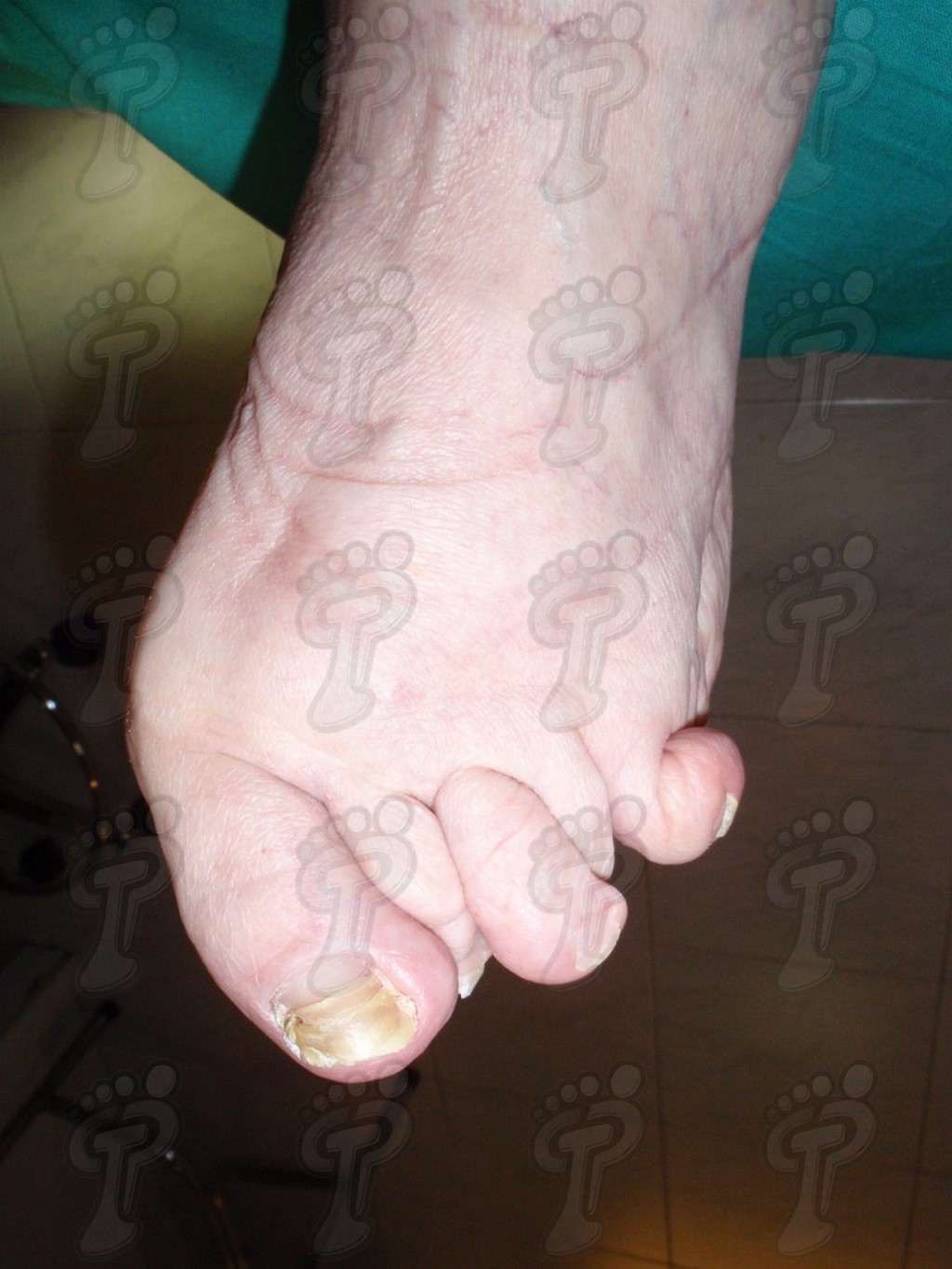
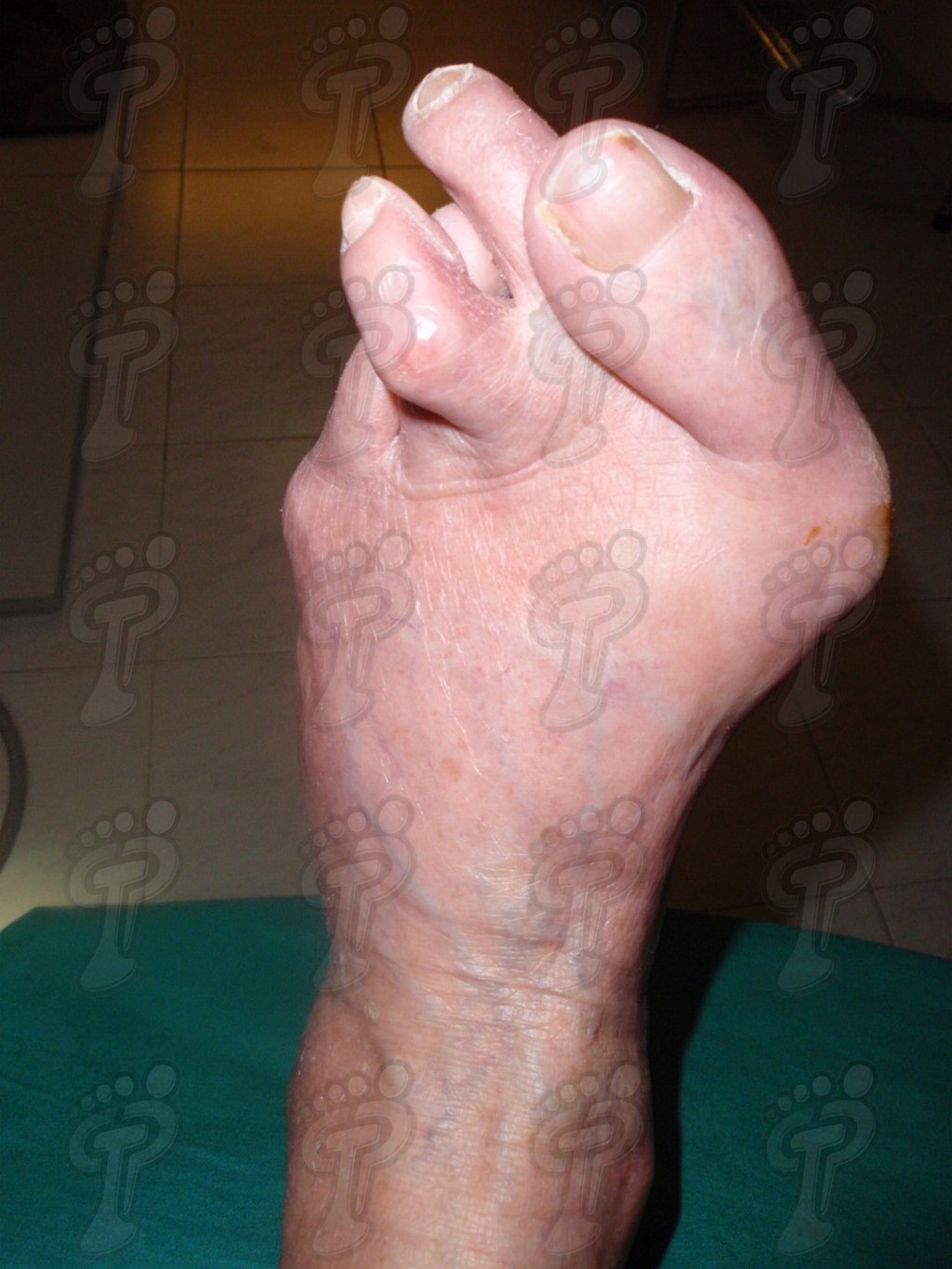
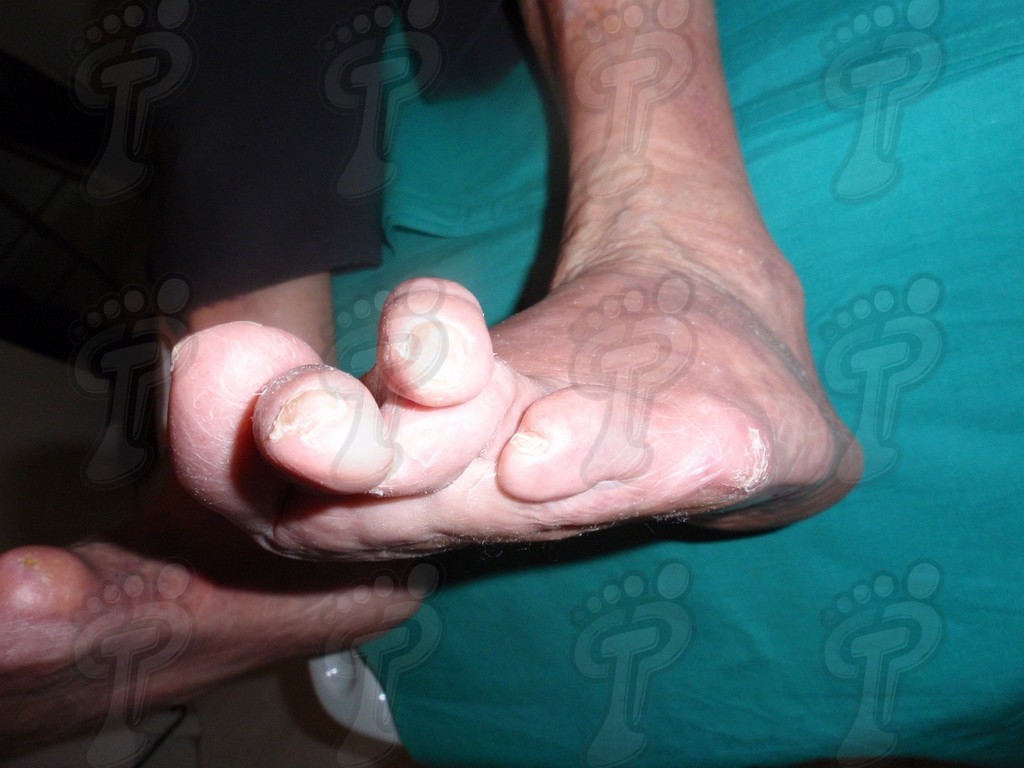
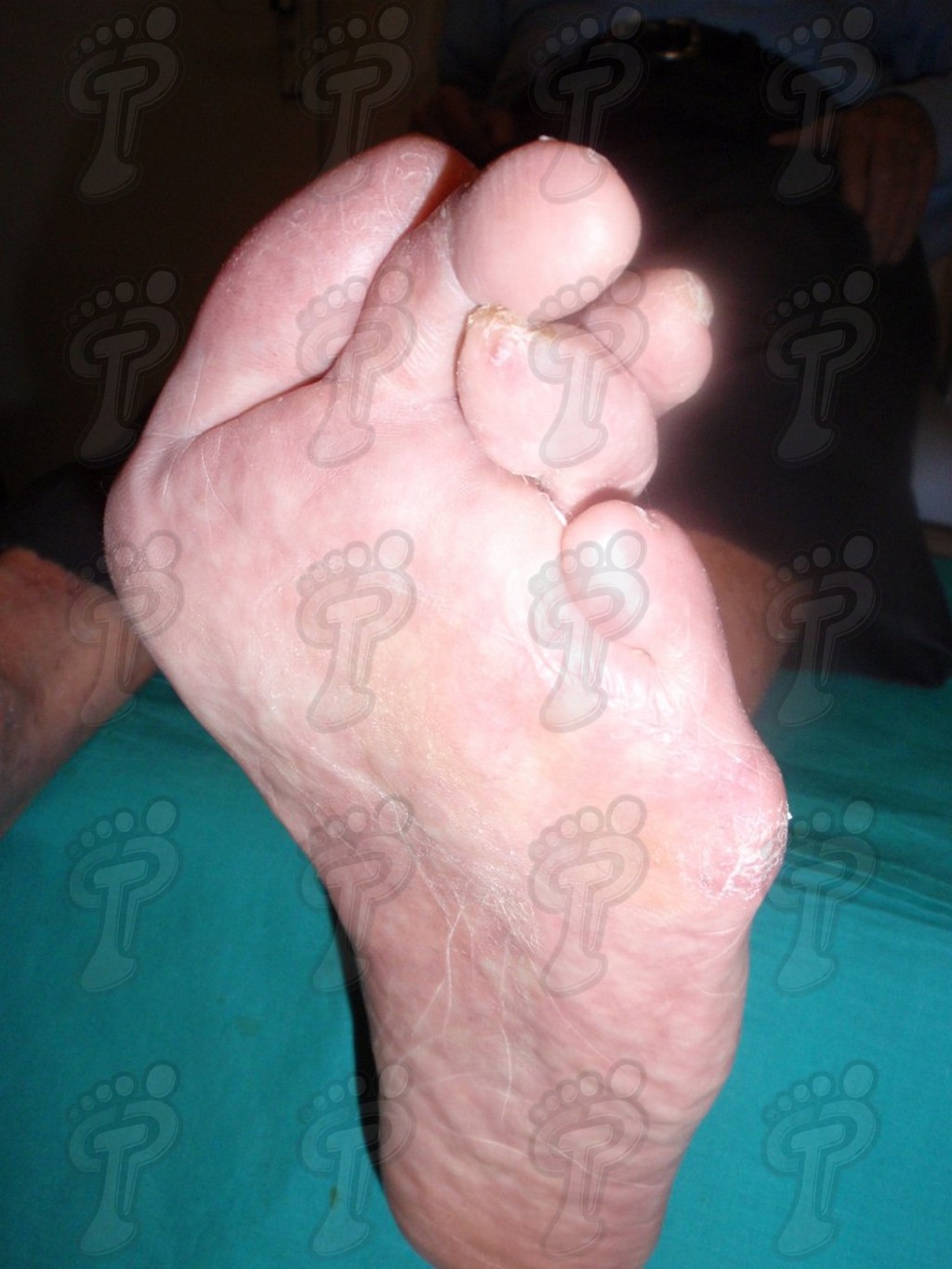
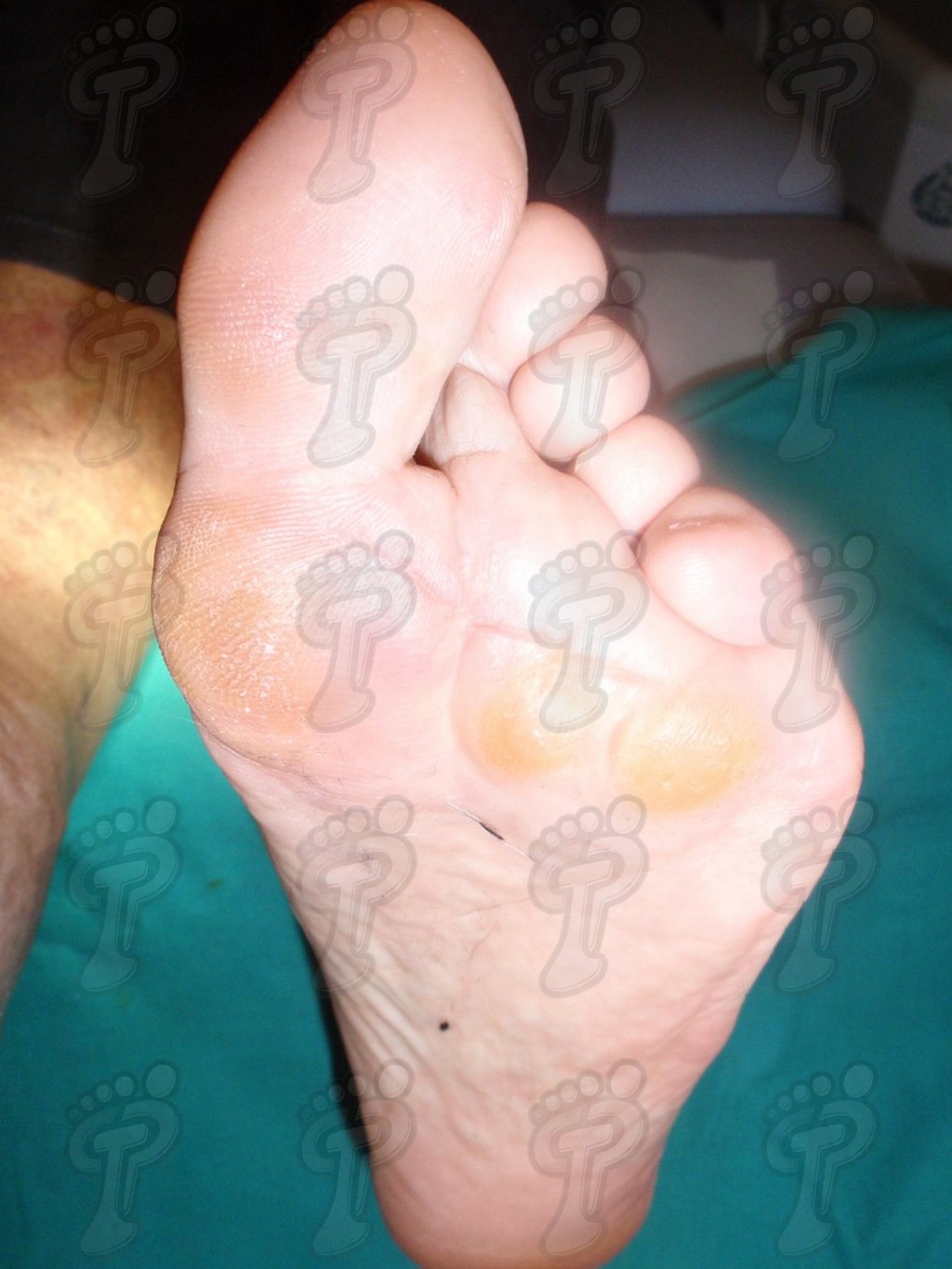
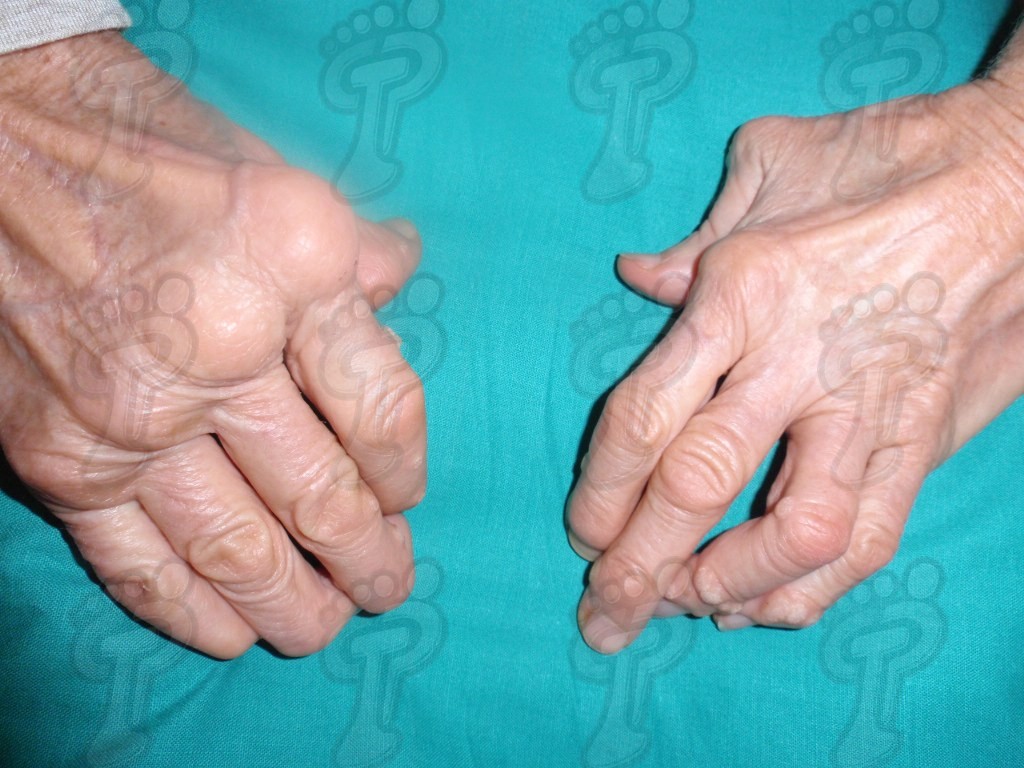
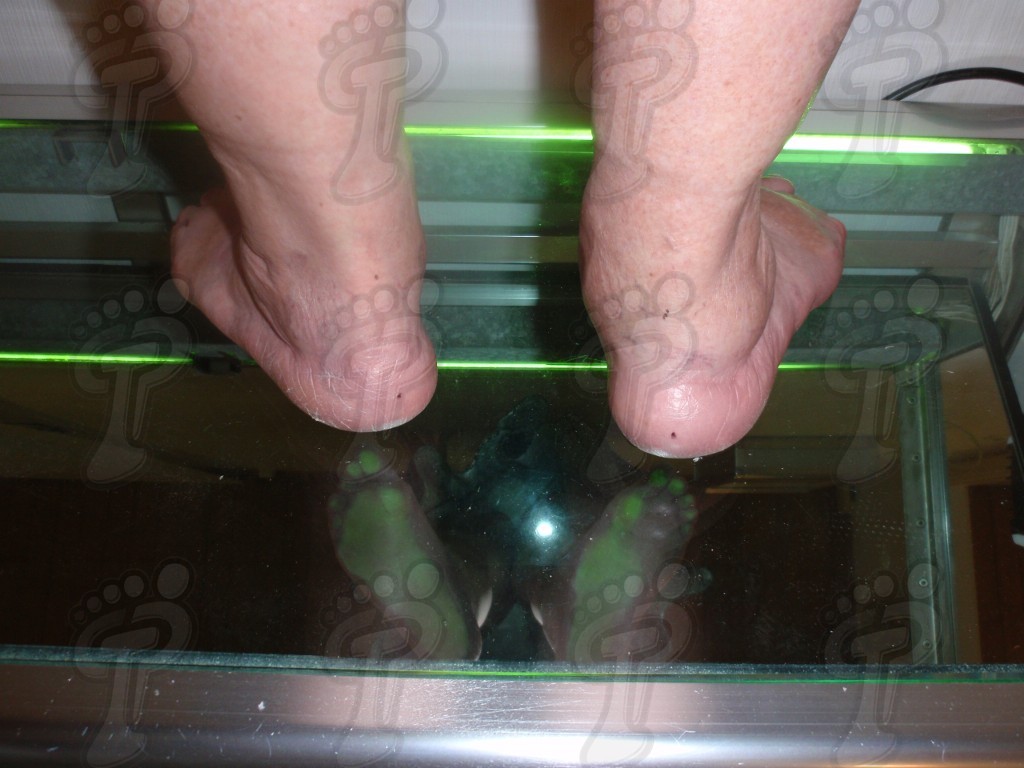
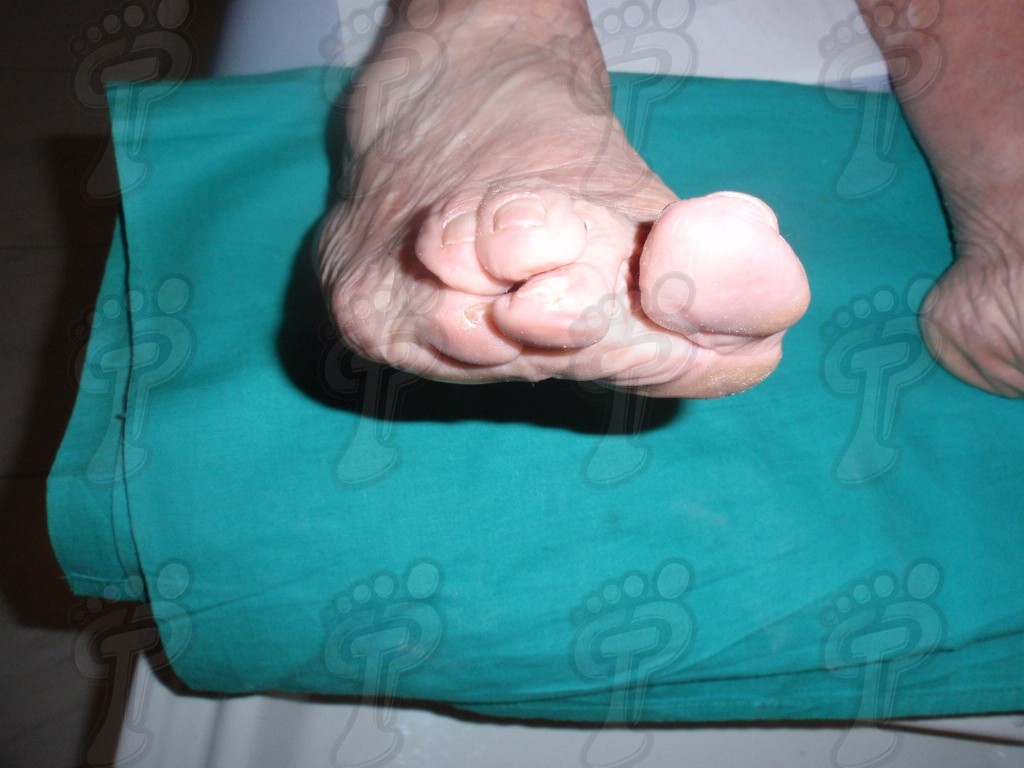
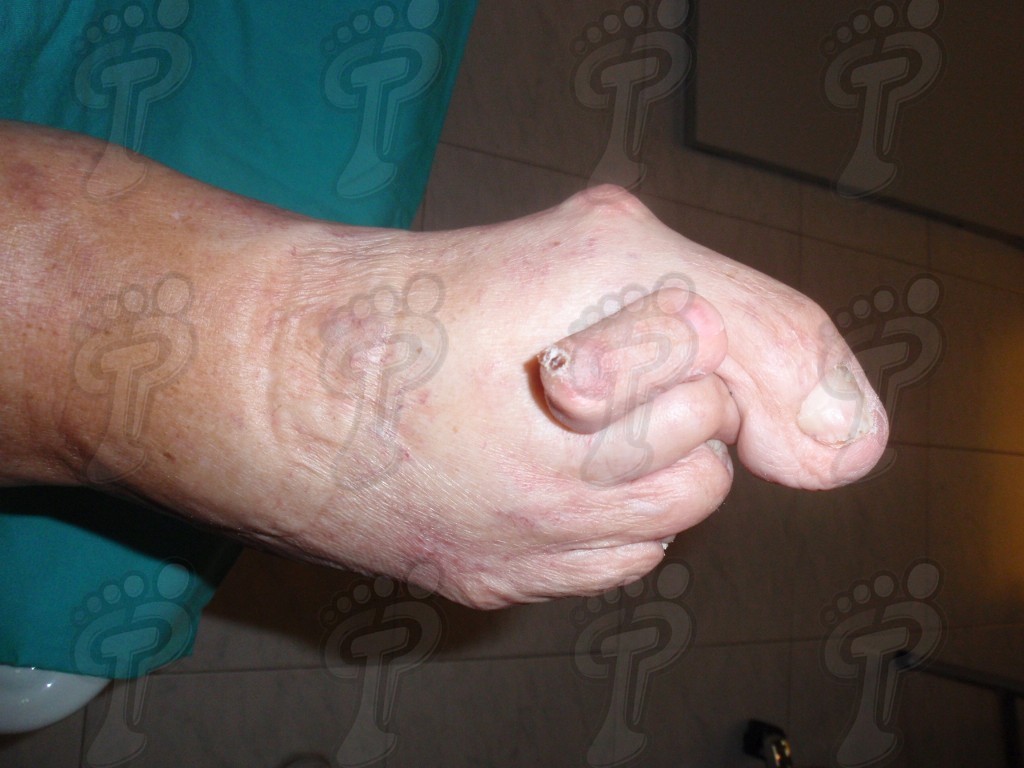





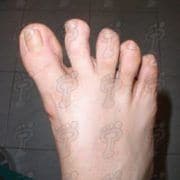
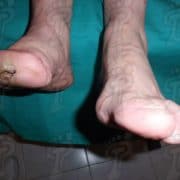
Leave a Reply
Want to join the discussion?Feel free to contribute!